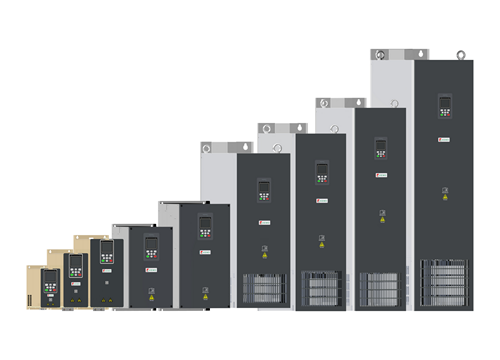

Tel:86-0755-84186866,
MP:86-18038034988
Mail:service@kewoinverter.com Skye:gary.yu88

The quest for sustainable agriculture and water management has led to the innovative adaptation of solar energy, particularly in powering water pumps for irrigation and water supply. Solar-powered water pumps are increasingly being integrated with the electrical grid through advanced inverters, offering a myriad of benefits that stem beyond mere water supply. In this article, we will explore how solar water pump inverters with grid-tied capabilities are reshaping energy and water management strategies.
Solar water pumps typically function by harnessing sunlight through photovoltaic (PV) panels and converting this energy into electrical power to operate a pump. The role of the inverter in these systems is pivotal; it not only converts the direct current (DC) produced by solar panels to the alternating current (AC) required for most pump motors but also maximizes efficiency through features like Maximum Power Point Tracking (MPPT). However, the grid-tied functionality introduces an additional transformative element to the pump systems, allowing them to interact seamlessly with the public electricity grid.
The grid-tied solar inverter manages the flow of electrical energy between the solar pump system and the utility grid. This bi-directional interaction means that when solar production exceeds the pump's needs, excess energy can be fed back into the grid, often offsetting electricity costs or even generating income through feed-in tariffs where available. Conversely, during periods when sunlight is insufficient, the system can draw energy from the grid to keep the water pump operational.
Such integration introduces a layer of reliability and flexibility that standalone solar pumping systems may lack. For farmers and agricultural operators, this means consistent water supply is assured without sole dependence on intermittent solar energy. Subsequently, this reliability aids in extending the lifespan of batteries in off-grid systems or can forgo the need for battery storage entirely, which can significantly reduce initial investment and long-term maintenance costs.
Grid-tied inverters also contribute to a more stable and resilient grid infrastructure. By incorporating distributed solar assets like water pump systems, the power generation becomes decentralized, limiting the stress on centralized power plants, especially during peak demand periods. The environmental impact is equally positive, providing a renewable energy-powered method of water distribution that reduces the carbon footprint associated with traditional grid-powered or fossil fuel-driven pump solutions.
Adopting grid-connected solar-powered water pump inverters doesn't come without challenges. Interconnection with the utility grid requires adherence to specific standards and regulations, ensuring that these systems operate safely and do not interfere with the grid's stability. Inverters must be equipped with features like anti-islanding for protection and synchronization algorithms to match the grid's frequency and voltage.
Continuing technological advancements in inverter design and grid interoperability are paving the way for widespread adoption of such systems. As the solar industry evolves, innovative solutions are emerging to reduce costs, improve system efficiency, and provide even greater grid management capabilities.
In summary, the role of grid-tied solar water pump inverters is multifaceted, bringing together sustainable water resource management with advanced energy solutions. By allowing for a dynamic exchange with the electrical grid, these systems offer a robust approach to ensuring water supply while contributing to the growth of renewable infrastructure and promoting environmental stewardship. As more regions adopt this technology, we can expect to see a broader impact on agricultural practices, water conservation, and renewable energy utilization.



 Item:7
Item:7

